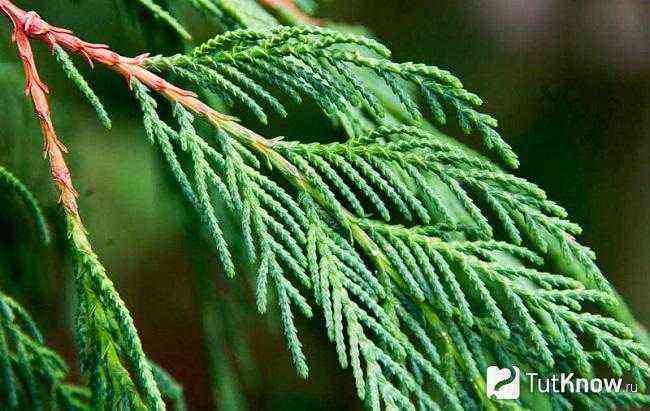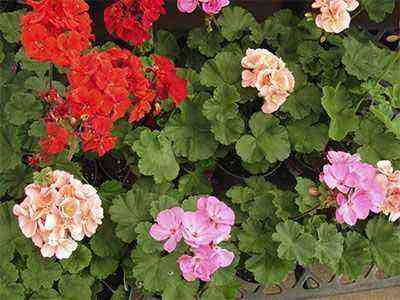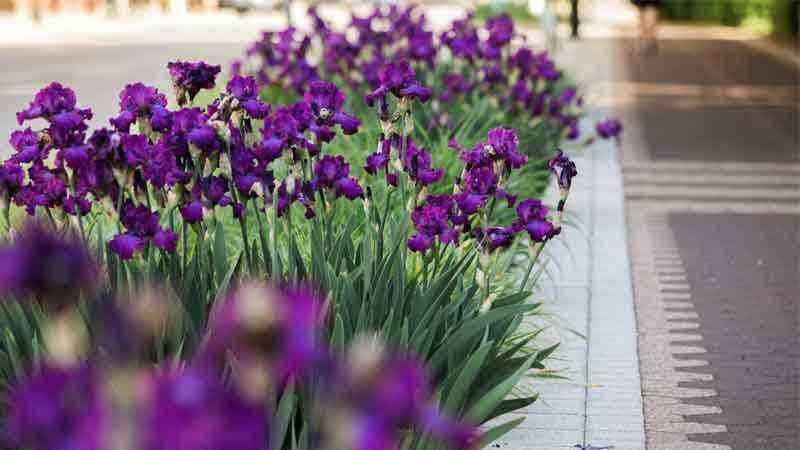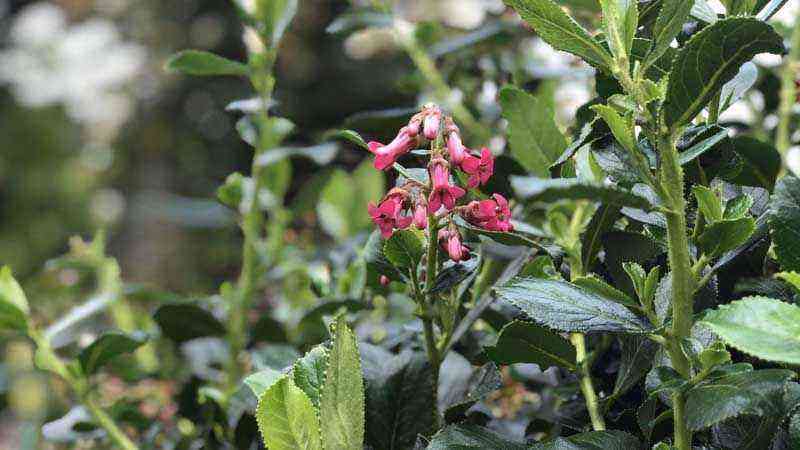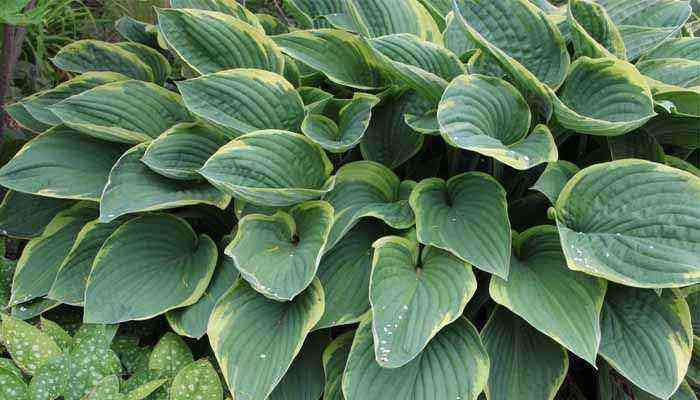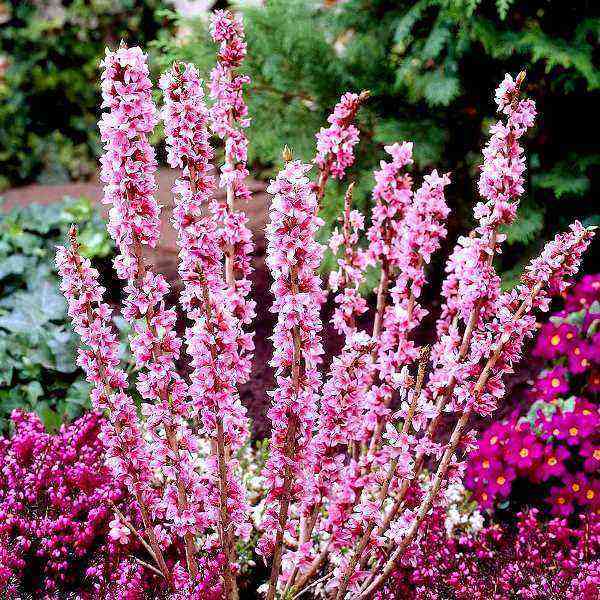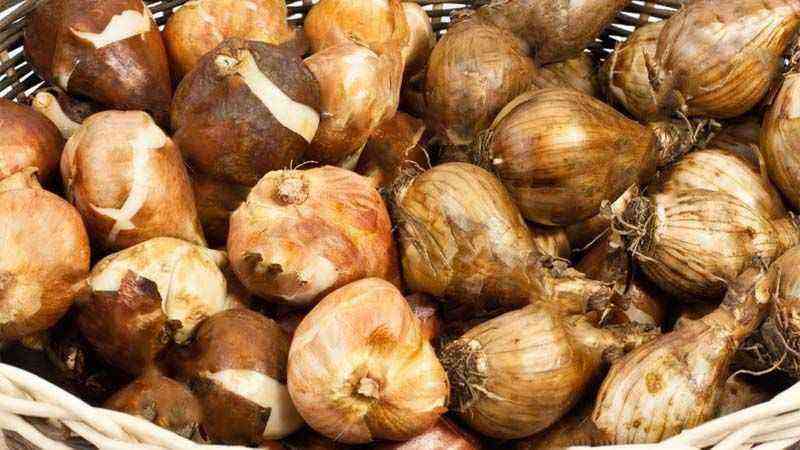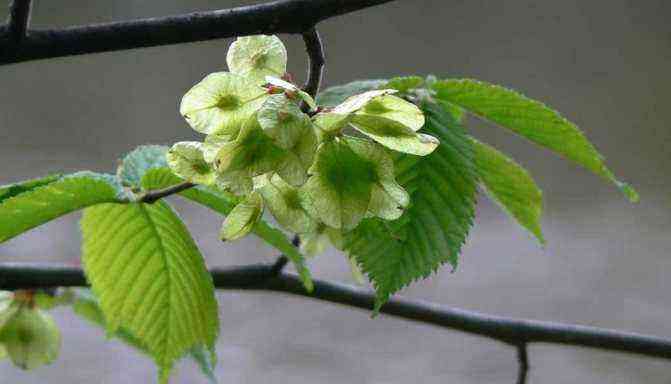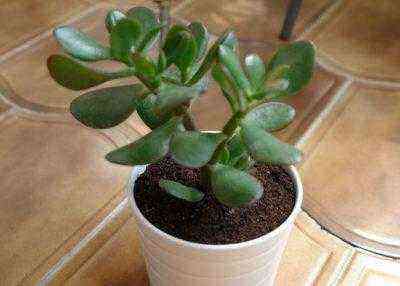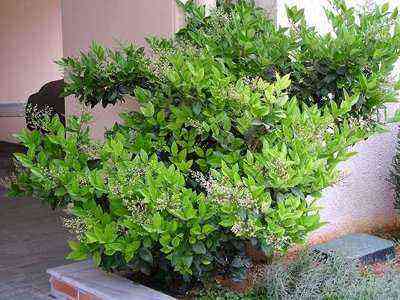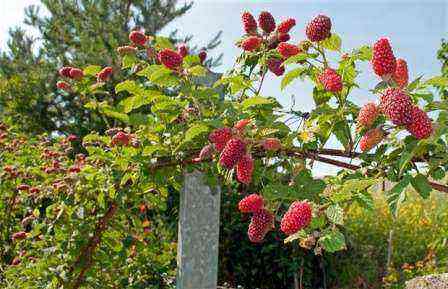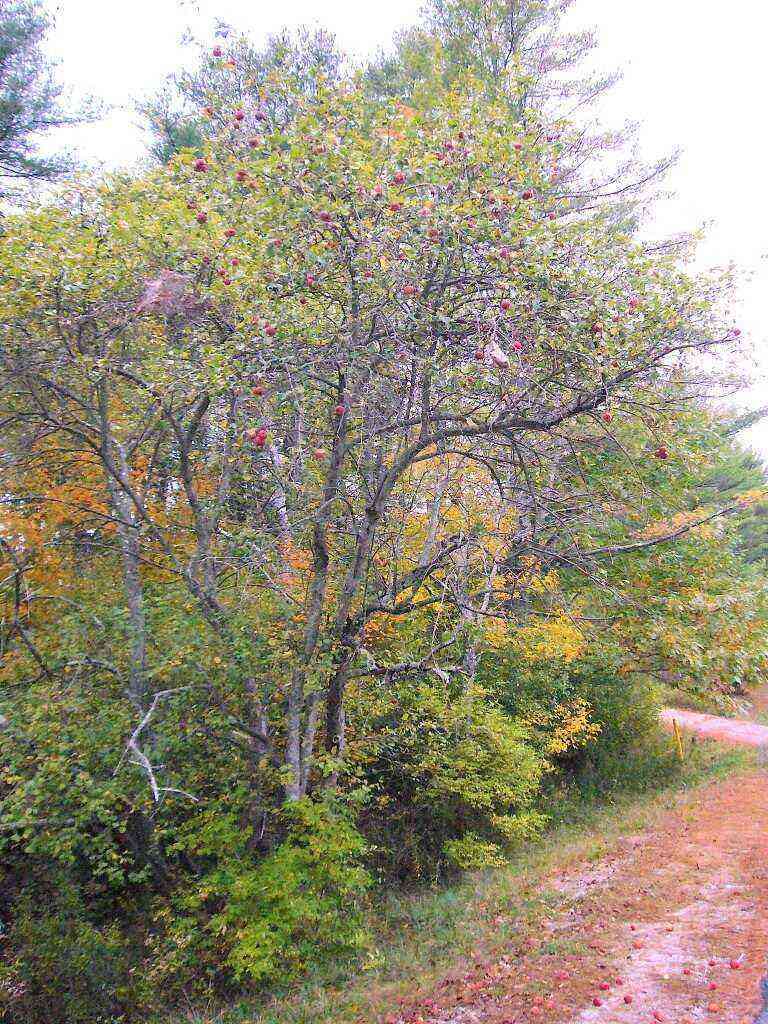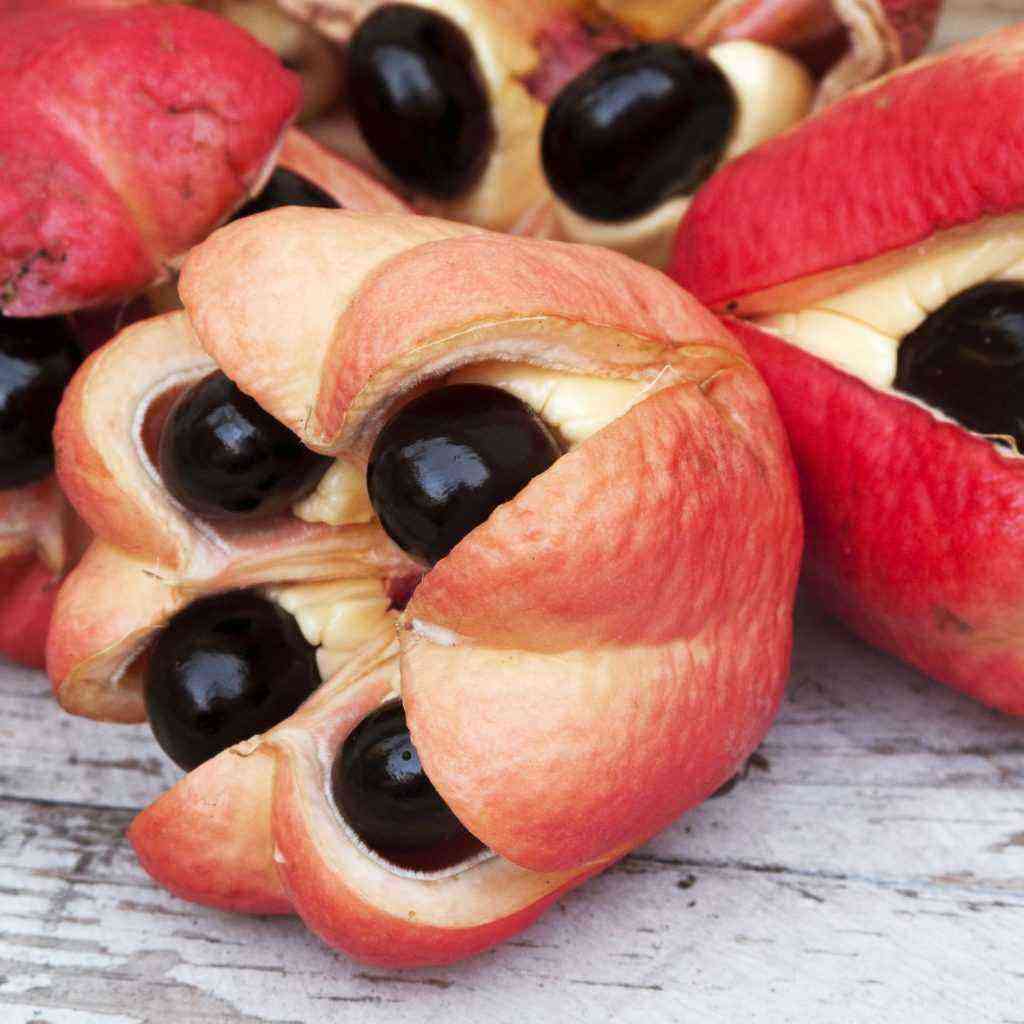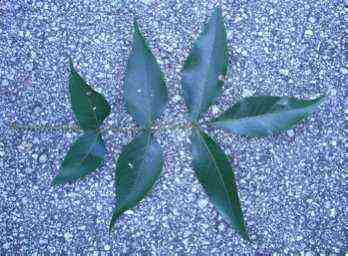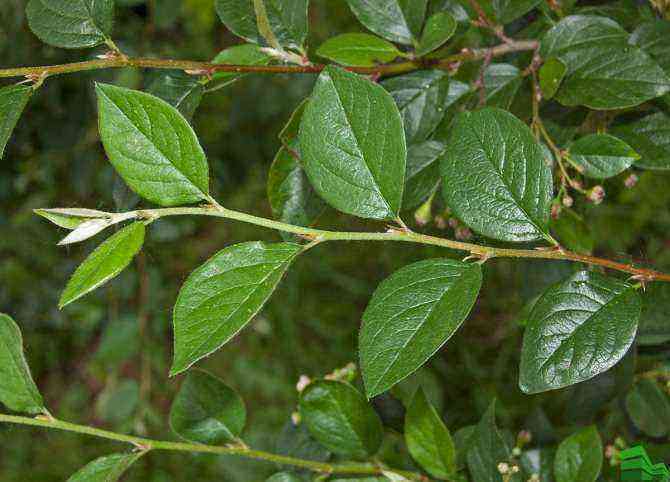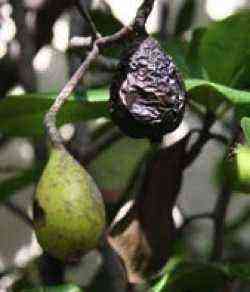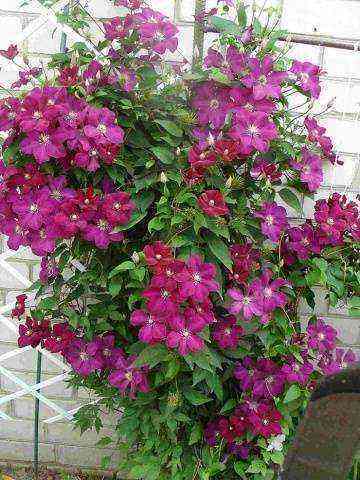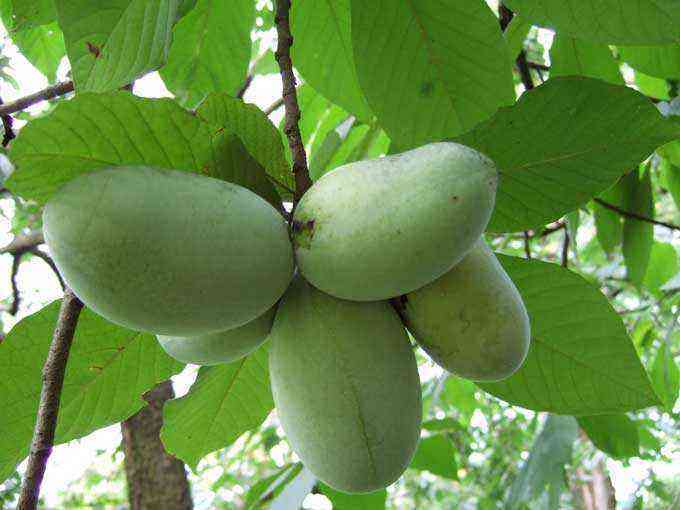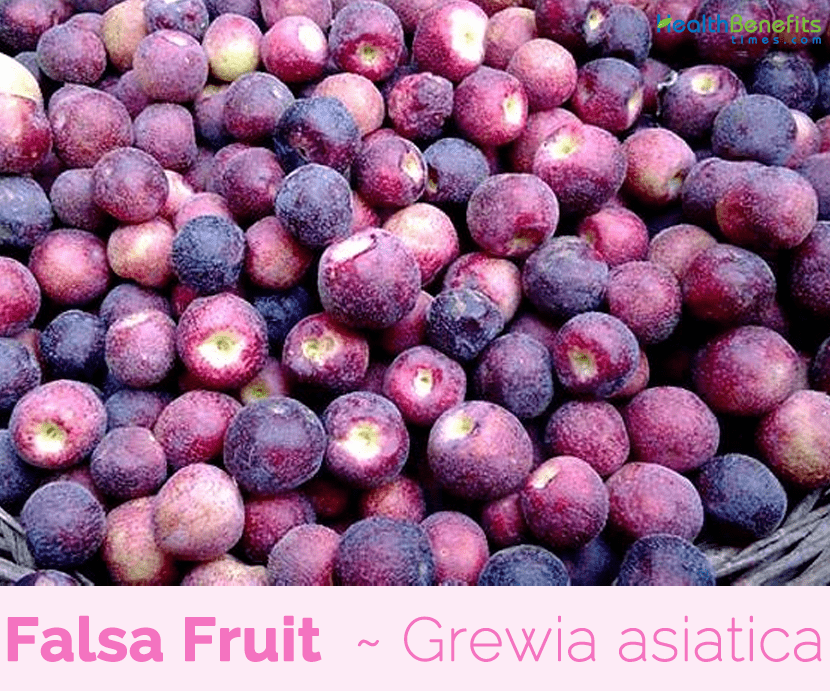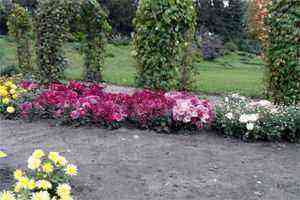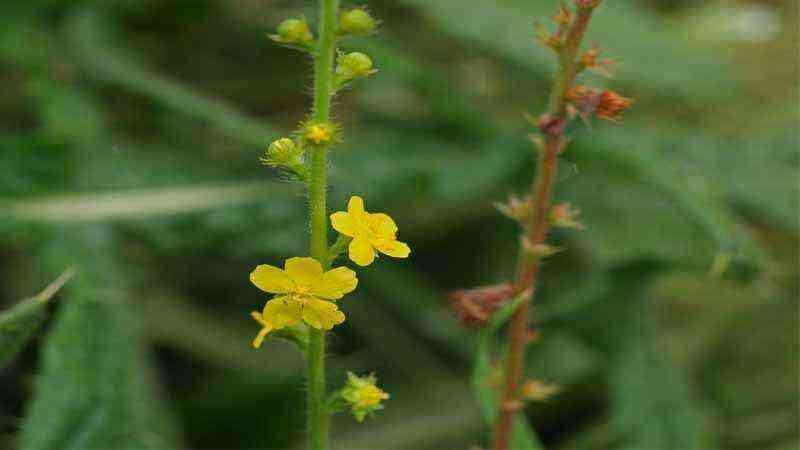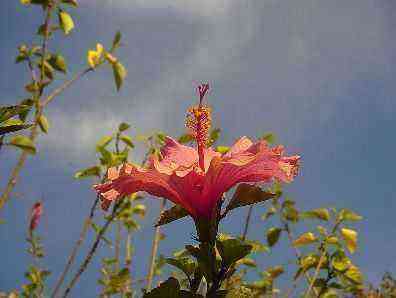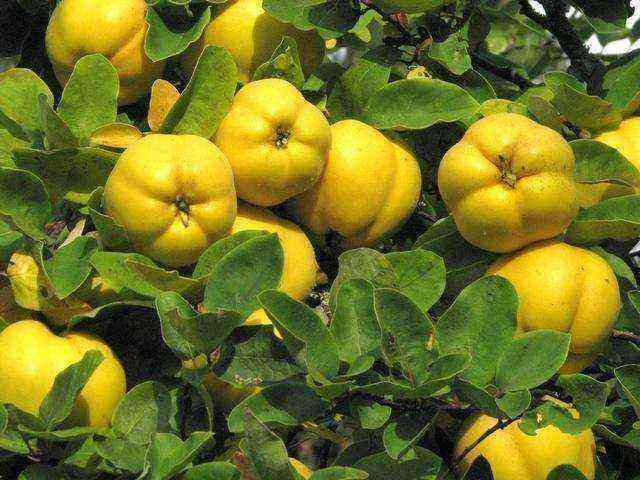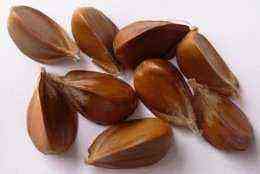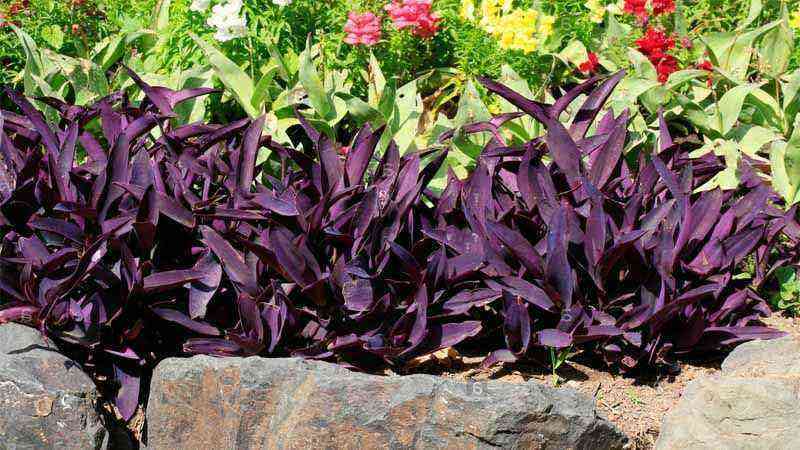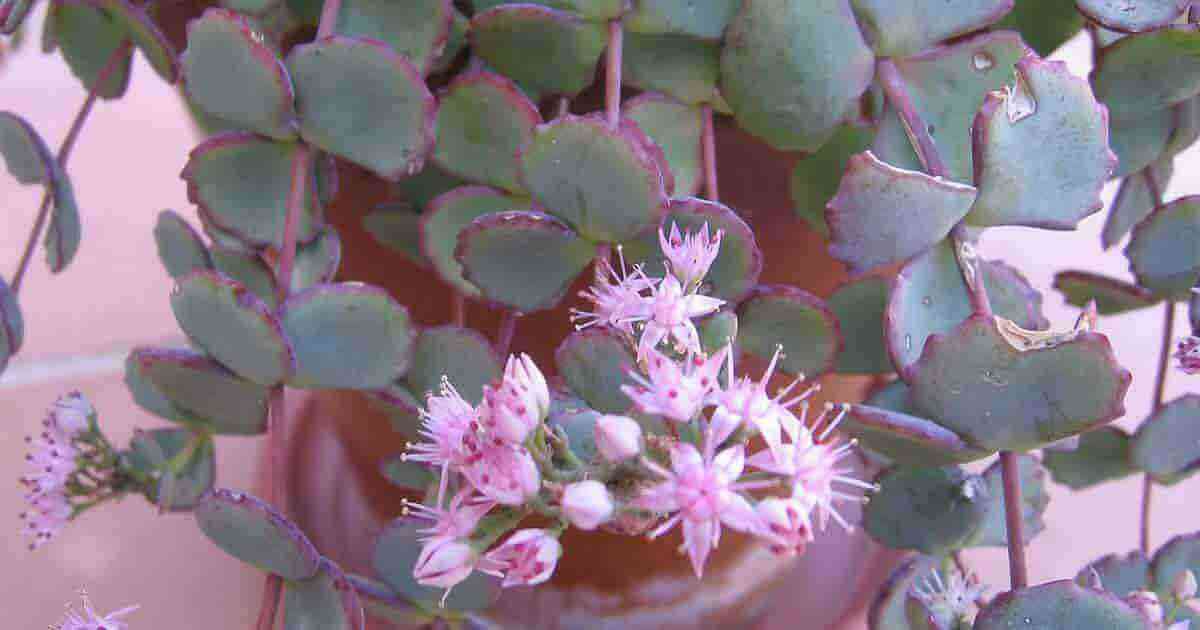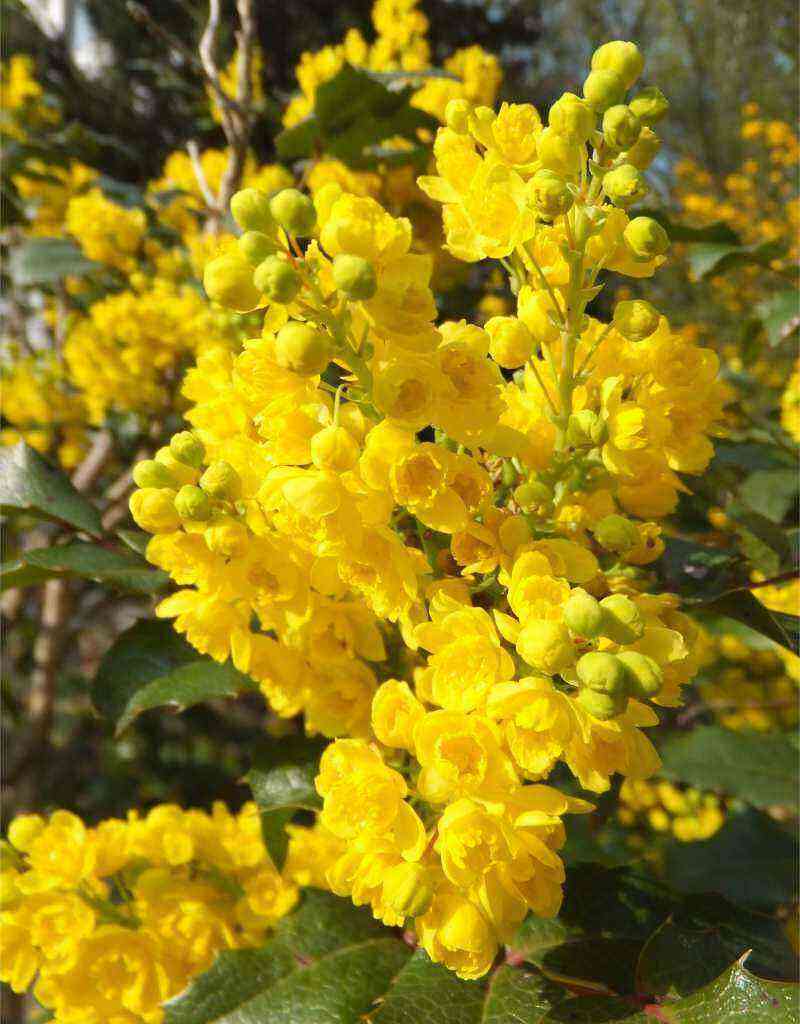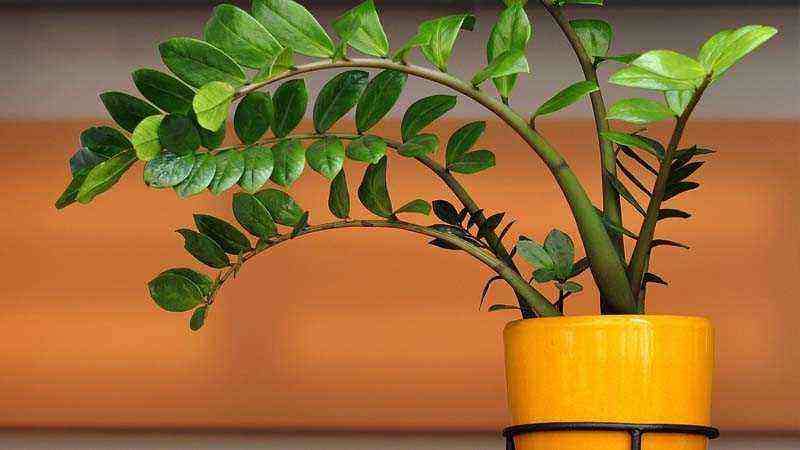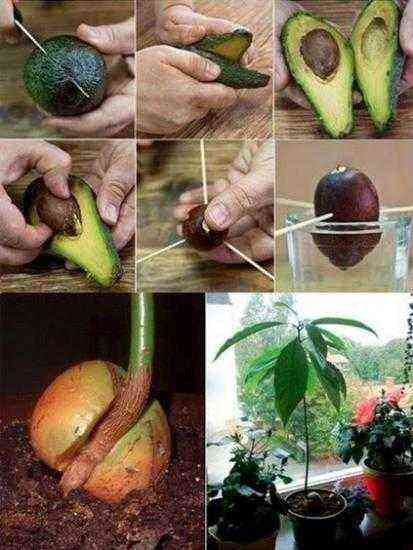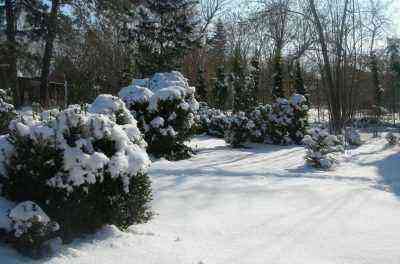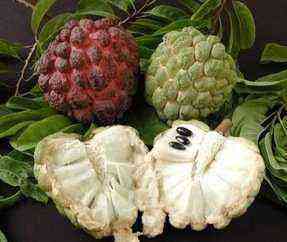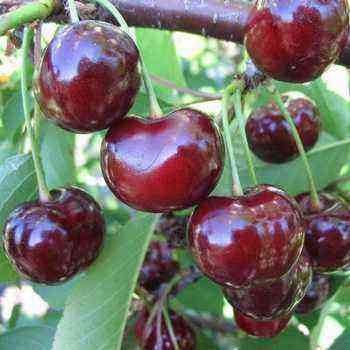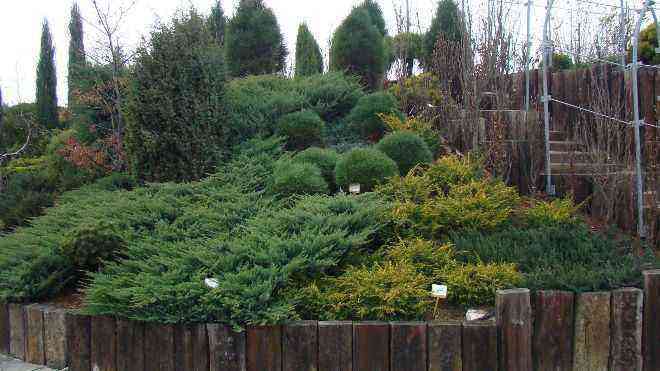Bonsai can be grown from almost any plant. However, experts recommend giving preference to those crops that branch well, easily adapt to the local climate and frequent pruning. It takes a lot of time, patience and energy to grow such a miniature. But still, creating an unusual crown, caring for a tiny tree and decorating the ground is not only a painstaking task, but also a great opportunity to unleash creativity.
To recreate a piece of art such as a bonsai in a room space, you need to have the following tools and materials: To harvest cuttings, it is important to find a healthy fruit tree and cut them in the spring or early summer.
Cypress propagation
For rooting to be successful, it is advisable to choose annual lignified shoots. If you are interested in how to grow bonsai from seeds at home, then get ready for a more difficult task. Seeds of trees familiar to your region can be collected in the forest – in cones, or use their fruits as acorns, chestnuts, etc.
To grow an exotic tree, seedlings can be ordered online, but they must be stratified before planting. Now that all the necessary materials are ready, you need to decide on the choice of the style in which you want to grow bonsai. It is best to select a tree after choosing its future image, since not every plant can be given the desired shape during the growing process. So, for example, spreading deciduous trees are great for the broom-shaped style, and densely branched conifers for the literary style.
After a year, when the tree gets stronger, rises by at least 10 cm and grows, it must be transplanted into a larger pot, observing the following rules:
This is easy to do: with the help of soft wire, the branches are neatly wrapped to give the plant the desired shape.
It is necessary to preserve such a structure for at least 2 months, but not more than six months. This original and curious decorative leafy plant has gained rapid popularity among gardeners, florists and owners of suburban areas only in the last decade. Today, kohija is widely used by both amateurs and landscape design professionals for various types of landscaping. There are many varieties of kochia today.
They may not differ very much, but they can radically – in height, color of leaves, and their shape. Although, the plant is characterized by the fact that almost any shape can be given to its bush. It is certainly not boxwood, but among annuals, Kokhia is definitely the leader in haircuts and can even serve as an excellent base for creating topiary. By the way, some varieties of summer cypress have green, cheerful leaves, which rapidly turn red with the onset of autumn days.
Some species have rather pale foliage, but later it becomes blood red. There are varieties with foliage of the usual herbal shade, which will turn orange by autumn.
Since the plant is used for decorative purposes, it is best and most convenient to grow it by seedlings. Ready-to-plant seedlings can be easily moved to the planned location, thus creating a design quickly and confidently. The timing of sowing summer cypress for seedlings will depend on climatic features. In the middle lane, it’s time to start sowing in the last week of March. You will need containers with a depth of 12 cm.It is better not to use a round shape, a square with a minimum side of 25 cm or a rectangle of 20×40 cm is more suitable.
Usually, subject to the temperature and water conditions, the summer cypress seedling begins to sprout in days after the seed sowing procedure. As soon as the shoots appeared, it’s time to clean the lutrasil, and move the containers to another room, where the temperature is three to five degrees lower, you can simply smoothly lower the temperature in this room, but without arranging through ventilation.
The soil should not dry out either. At the slightest hint of drought, the leaves of the kochia will wither, wither and recover after that with great difficulty. If drainage is placed in the seedling containers, which is very desirable, and the soil has a light structure that can be aerated, then watering the seedlings is carried out twice a week.
Register Login. Write a letter Free call 8 Forum index Forum index and feedback About garden and vegetable garden Vegetable garden.
If it nevertheless appeared, and the plants began to become covered with characteristic darkening, and then fall off and die with a rotten blackened leg, you need to take action. If the measures taken did not help to stop the massive loss of seedlings, they urgently need to be transplanted into fresh and dry soil, previously disinfected soil. So that the summer cypress does not grow loose and too fluffy, so that the bushes retain their compact and tidy appearance, the seedlings need to dive. A pick is carried out two to three weeks after the emergence of shoots.
By this time, the seedlings should have at least 2 leaves. A personal container for picking is taken – pots with a diameter of 10 cm. Disinfection of containers, preparation and disinfection of the soil is carried out in the same way as before sowing seeds. Three seedlings are placed in each container, in order to then remove the weak, and leave the stronger ones for planting. After the pick, the plants are given the brightest spot, while the temperature and watering schedule remain the same.
Summer cypress seedlings will have to be fed at least three times before planting. For the first time, a seedling complex is used. Top dressing takes place after a dive, after a few days, during watering.
For the second and third time, fertilizing is also carried out with a complex, where nitrogen predominates. This happens two weeks after the previous feeding. Summer cypress will be planted in mid-May, but it is better to wait until the end of the month. Drafts and winds are excluded – kokhi needs a calm. While the seedlings are rooting, they will need increased watering.
Two weeks later, planting should be followed by another top dressing. Then you can carry out the first haircut, and after this procedure, each time the summer cypress will need to be fed again. A few words about how to sow kohija immediately into unprotected soil, for those who have no desire or opportunity to grow seedlings. They must be thinned out at the distance indicated above, depending on the purpose of growing, and then fed with a mineral-nitrogen complex. Cochia or summer cypress is an annual, it must be grown from seeds again every year.
Nevertheless, this ornamental plant is worth the effort spent on its cultivation. Lush balls of summer cypress can change and refine any landscape. All cypresses are fast growing plants that can be grown even indoors. Today we will tell you about how to grow cypress from seeds. You will need to select a male plant with a bud. Each cone contains several dozen seeds, but it is a little difficult to get them.
The bump flaps are so tightly closed that you may need a screwdriver or other tool. The cone should be picked only in a mature state, the optimal time comes in mid-October and later.
The seeds of the cypress are brown. If they are still green, then you picked the bump early. Prepare a flower pot and pour a layer of expanded clay into it first, and then a mixture of fertile soil, turf and sand.
Plant the seeds to a depth of mm, this is quite enough. Planting material germinates quickly, and in a couple of months you will already have well-elongated trees.
As strange as it may sound, cypresses are afraid of noise. We advise keeping the pot of young plants away from the window so that the noise does not disturb them. The grown trees can be transplanted into open ground, if the climatic features of your area allow it to be done.
If not, you can grow the tree in your home. The homeland of the plant is America, the Mediterranean is also common on the Crimean Peninsula, the Caucasus, the Himalayas, and China. There are more than tee types of cypress. The leaves of the cypress are not large, in young plants they are acicular, and scaly in adults. The cypress cones are round, and, as if protected by scales, appear in the second year of life. In natural conditions, the trees reach a meter in height, at the same time at home, while maintaining all the identity, the height of the entire meter can be adjusted.
On the eve of the New Year’s celebration, you can find this coniferous plant, decorated with New Year’s illumination, it is also offered as an ornamental shrub for personal plots, planted as a hedge, or for growing in apartments.
Today there are quite a few species of cypress, but due to its compact size, evergreen C. is most often grown at home. affects the human body, protects against diseases.
Conclusion
Set up the plant in such a way that it receives bright but diffused light; direct sunlight should be avoided. As in the wild, a climate close to natural content is important for home cypress, in summer it tolerates temperatures of degrees Celsius, while in winter the thermometer should not drop below 5 degrees Celsius in the cold season, the plant is transferred to closed loggias.
In its natural environment, cypress has no shortage of moisture, as its habitats are rivers, seas, and humid forests. In this regard, try not to install heating appliances near the cypress, if possible, spray the room and the flower, install a humidifier, and even bathe your pet in the shower.
Otherwise, at low air humidity, the plant will dry out and lose its colorful appearance. Try not to leave the surface soil layer of the plant dry, adjust the watering schedule in summer, in hot weather – more abundant, in winter the amount is reduced.
Brief description of the shrub
Coniferous, evergreen cypress trees grow in North America, China, and already in our country. Wild plant varieties can grow over 60 meters in height. Varieties for cultivation in the country grow up to 1,5 meters.
The cypress has a slender trunk with dark brown bark, a conical crown, branches unevenly located on the trunk with dark green or gray-green foliage. Young leaves of the shrub look like needles, and more mature ones – flattened scales.
In the first year of the bush, it is covered with small, tightly gathered cones. Each scale hides several seeds under it. The Japanese cypress variety can withstand very severe frosts. It is important – to protect young bushes from the cold in winter anyway.
To successfully grow a shrub in a country house or at home on a windowsill, it is important to choose the right type and variety, as well as to properly care for it.
Interesting facts about cypress
According to the legend that exists in Greek mythology, Cypress was the name of a young man with a beautiful face, who was the favorite of the god Apollo. There are different versions of what was happening at that time. According to one of them, the young man grieved so much over the deer he had killed that God could not stand it and turned it into a slender tree with an evergreen crown. On the other hand, knowing how the Greek deities did not allow mortals to pass, the young man chose to turn into a tree himself in order to avoid the persecution of Apollo.
Having started a cypress tree in your house, you can not only get a two-meter-long evergreen plant, but also fill your home with a fresh and fragrant coniferous smell that the resin of the cypress exudes.
It is recommended to grow large-fruited cypress (Cupressus macrocarpa), which is small in size, in room conditions. And if climatic conditions permit, it is customary to use evergreen cypress (Cupressus sempervirens L.) to decorate hedges.
If we talk about obtaining fragrant oil, then needles and shoots of not all varieties will come in handy, for example, Mexican cypress (Cupressus lusitanica Mill.). This product has antirheumatic, antiseptic, and also helps to relieve spasms and tone the body, it is not superfluous to say that this oil is actively used in aromatherapy sessions. However, the price of such oil is quite high and therefore in medicine and perfumery it is replaced by products with a lower cost.
All species, with the exception of Arizona cypress, have a fairly soft and light wood, it has properties to exude fungicides, and its smell is a good protection against insects. It is used in furniture and shipbuilding, often serves as a material for the manufacture of church accessories – rosary beads, crosses, frames for icons, crayfish or small bowls. An interesting fact is that the Egyptian priests knew about the properties of cypress wood and sarcophagi were made from it, and the oil was part of the solution for embalming mummies. Even Plutarch (the ancient Greek philosopher, biographer and moralist) called for writing all the laws on cypress boards.
However, the foliage itself, painted in a dark green color, has always been a symbol of sadness, so cypress is a frequent visitor to cemeteries, cypress branches were laid on tombs and decorated with them as a sign of mourning.
The Kashmir cypress is considered to be the national symbol of Bhutan.
Shrub varieties
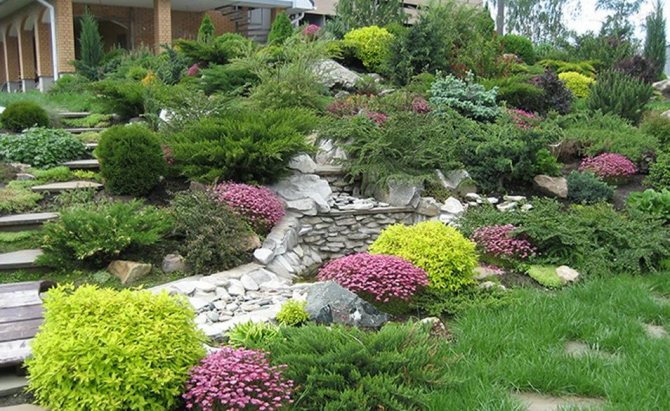
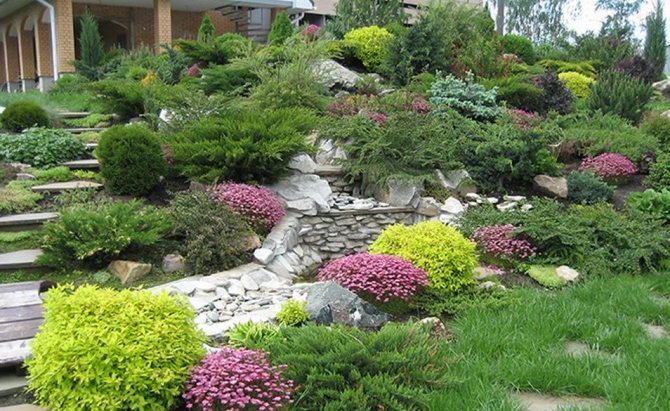
There are seven types of cypress. On the territory of Russia, you can most often find a variety of Japanese selection, which in turn is also divided into many subspecies.
The most popular garden cypress varieties are the following:
- Nutkan shrub grows slowly, tolerates cold well, but severe frosts can slightly freeze the rhizomes. This variety is considered the most beautiful of the weeping coniferous shrubs.
- Dull cypress loves to grow in fertile soil with high levels of moisture. This variety grows well in areas with cool summers and mild winters.
- Lawson’s cypress. Such a coniferous plant is loved by gardeners. But it is afraid of severe frosts, as it may die. Therefore, it is difficult to grow it in our climatic conditions. But, if you decide to grow just such a variety of shrubs, reliably protect it from severe frosts, or grow it in a tub at home.
- The pea cypress grows in fertile soils and sunny places. This variety is beautiful, unpretentious in cultivation and firmly endures frosty winters.
These types of cypress have their own subspecies. The pea cypress grows up to 30 meters in the wild. It has a brown bark with a red tint, an openwork conical crown, branches spread horizontally. The needles are gray-blue, the cones are small, yellow-brown. The most popular are the following types of pea cypress:
- Boulevard bush grows up to five meters. It has a pin-like tip with silver-blue needles up to 6 centimeters long. The seedling does not grow very quickly, but every year it becomes 10 centimeters taller. It does not have high winter hardiness, so it is best grown in warm places;
- up to 5 meters, the filifer cypress grows. It has a wide conical crown, sagging shoots, gray-green needles;
- the undersized nana shrub has a pillow-like crown. It grows no higher than 60 centimeters. It has small, scaly, bluish needles.
Features of planting a bush
It is important to plant cypress in partial shade, on the territory, without stagnation of cold air. It is also necessary that the site is well lit.
The soil should be nutritious, well-drained, loamy and not calcareous. The shrub is planted in April, when the soil has already warmed up well after wintering. But, it is important to make a planting hole for a cypress in the fall so that it can settle. A hole is dug 90 × 60 cm in size. Cover the bottom of the hole with a twenty centimeter layer of broken brick and sand. Mix turf soil with humus, peat and sand. Fill the hole halfway with the resulting mixture. The substrate will turn over during the winter, settle down and will be ready for planting in the spring.
The bushes should be planted at least one meter apart, since the cypress tree has a horizontal root system.
The landing procedure itself is carried out as follows:
- Purchase cypress saplings from a specialty store.
- Water the planting hole with plenty of water.
- Pour the earthen clod of the seedling with the root solution.
- Place the seedling in the center of the hole and carefully cover it with soil. It is imperative to add nitroammofosk (300 grams) to the soil.
- When planting, it is important to position the seedling so that its root collar is 10 centimeters above ground level.
- Water the planted bush well.
Features of plant care
The cypress is not picky in care, but special care is carried out during the first four years after planting in the ground. The crown of a young shrub is too vulnerable in summer and winter. It is important to water the plant correctly, feed it, cut it, and cover it for the winter. Make sure that it does not die due to extreme heat or frosty weather in winter.
How to water
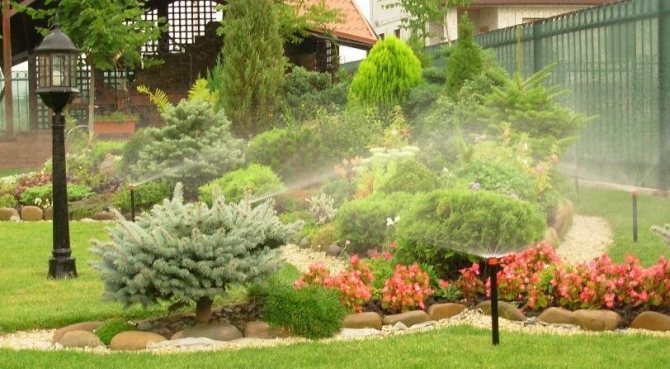

It is important after planting or transplanting a seedling to a new place, be sure to water it. Make sure that the topsoil does not dry out. The bush is watered three times a week. Cypress will grow and develop only in moist and loose soil. In hot summer, spray the crown with warm water in the morning or evening.
During the first year after planting, the crown must be protected from strong sunlight. Try to maintain constant humidity in the air by sprinkling or spraying regularly. Before preparing the soil for wintering, it is important to water each bush abundantly with 20 liters.
We make top dressing
21 days after planting seedlings in the ground, you need to fertilize the soil with complex mineral fertilizer
After another 21 days, the soil is mulched with organic fertilizers. At the end of summer, the feeding procedure must be stopped.
According to this scheme, it is recommended to feed cypress bushes within four years after planting. If the soil on which the cypress was planted is poor, heavy and loamy, you will need to spend more energy and fertilizers to care for it.
It is no longer necessary to feed adult trees, but the soil around the bushes still needs to be mulched with humus or compost.
Trimming rules
Crown formation is carried out in the spring. In the first year, pruning is usually not carried out. In the second year after planting, the bushes are carefully trimmed. Crowns of any shape or shape are formed. Pruning is carried out with special tools that are pre-sharpened and disinfected. The bushes are trimmed with long scissors designed for special pruning of the crown of coniferous crops.
Protection from pests and diseases
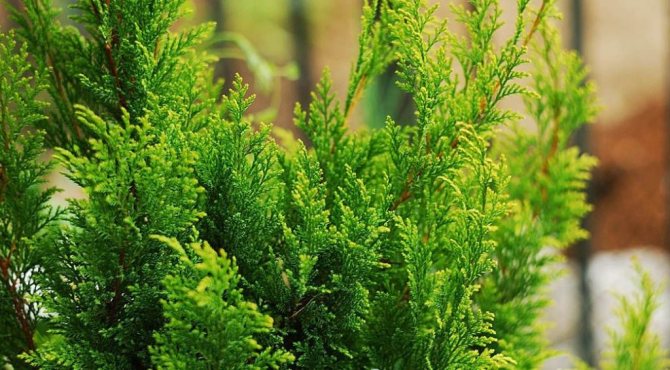
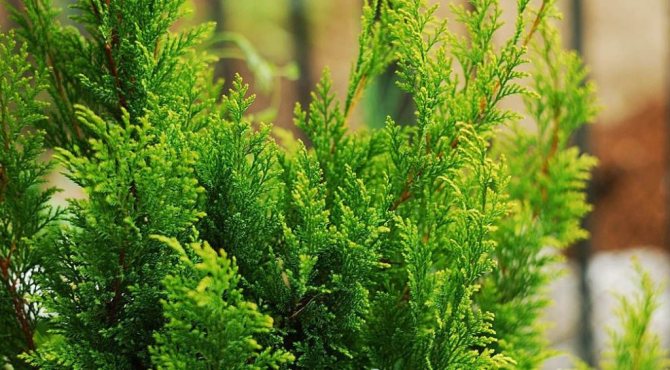
The cypress is often affected by the scabbard or spider mite. Because of such pests, the crown of the bush turns yellow, the leaves begin to fall off. Compact and small bushes are treated with soapy water. It is used a couple of times a week. If the pests have damaged most of the bush, it must be treated with Nuprid. Adult bushes are sprayed with acaricides.
Most often, cypress roots are exposed to rot. If the plant is improperly taken care of, due to frequent watering, the roots begin to suffer from fungal diseases.
If the roots are completely damaged by rot, the plant must be dug up and destroyed. If the disease is detected on time, the bush needs to be dug out, the affected roots should be cut off and treated with a fungicide. After processing, sprinkle the rhizomes with charcoal and plant the bush in a new place with a prepared and well-drained soil.
Trimming
Pruning of the plant is also a mandatory procedure for caring for a cypress. After pruning, the tree looks neater and feels better. First of all, the dried branches are removed from the plant; in mature, developed plants, a decorative haircut is also carried out, after which the tree takes on a well-groomed appearance. In specialized stores, pruning templates are available for sale that will help budding gardeners who have not yet gotten their hands on curly pruning to create an interesting plant shape.
Features of reproduction
Cypress is propagated by seed, cuttings or layering. Often the selected variety is propagated by cuttings or layering. Seed propagation of cypress is rarely carried out.
Propagating the plant by seeds
To grow a beautiful tree from a cone, it is important to make a lot of effort and spend a lot of time.
- Remove the seeds from the cone, dry and prepare them for planting. For this, the seeds are subjected to stratification, that is, exposure to cold.
- A couple of months before planting, place the seeds in the sand, and send the tray itself to the refrigerator.
- After two months, place the seeds in a warm room for a couple of days.
- Sow them in a pot, covered with foil until the first shoots appear.
- As soon as the seedlings begin to grow, the film must be removed. The grown seedlings are gradually accustomed to fresh air.
- After a while, they are planted in open ground.
Propagation by cuttings
From the top of the tree, cut a couple of twigs 15 centimeters long. Plant them in light, fertile soil. Cover with plastic wrap and wait for the roots to sprout. After the formation of a strong root system, the cutting is transplanted into open ground.
Cuttings are cut in April, and germination and development is carried out at home until next spring. After a year, the rooted cuttings are planted in a permanent place, where they successfully take root.
Reproduction by layers
A cypress with a creeping, wide crown reproduces by horizontal layers.
- On a horizontal branch, carefully cut off the bark.
- Pull the layer to the ground and sprinkle it with soil.
- Roots will begin to sprout from the incision in a couple of months.
- Carefully separate the cuttings with roots from the main bush and plant them in a new place.
This method is not suitable for trees with narrow crowns, since their branches simply cannot be bent to the ground.
Cypress in landscape design
- You can plant a plant both independently and in groups. Often they make a framing of the territory in the form of a small and neat hedge.
- Cypress is also grown at home in flowerpots, it is only important to create the necessary moisture and coolness for it.
- With the help of shrubs, complex patterns are formed on flower beds.
Now you know how to plant and grow a cypress tree correctly. And also what species it is, and how it reproduces. To grow a really beautiful and lush bush, you need to plant it correctly and take care of it regularly. Care consists of watering, fertilizing, cutting, and protecting against pests and diseases. It is also important to protect bushes from extreme cold and frost in winter.
Diseases and pests
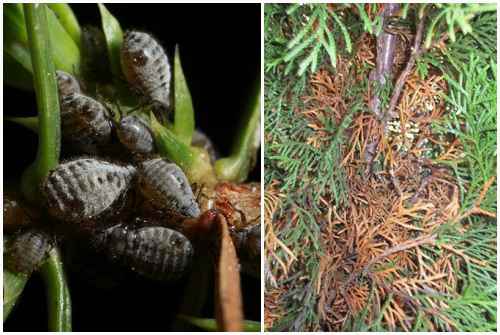
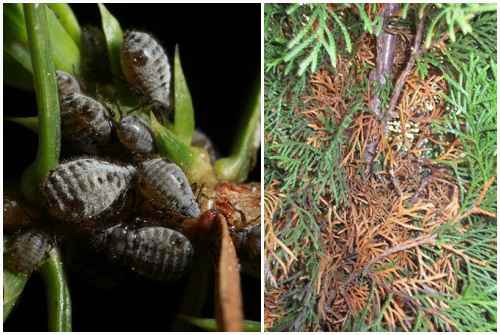
- This plant is most often susceptible to fungal infections. A very dangerous disease is cypress cancer. It is caused by a fungus and is characterized by cracking of the bark. The wounds gradually merge, forming deep cracks, from which resin oozes.
- Treatment consists in removing diseased branches. Then the wounds are disinfected and treated with a healing compound.
- Aphids can be seen on hedges. It is given by the characteristic reddening of the crown sections.
- Drying and yellowing of plants occurs due to the invasion of worms.
